At their most extravagant the Romans ate larks-tongue-pie, to show off their riches. But even in medieval Europe the eating of garden birds was still popular and many recipes were written for robins, finches, wagtails, warblers, thrushes, starlings and blackbirds.
Luckily for our little feathered friends, this habit got out of fashion in the late 1600’s and it is nowadays illegal to kill wild birds. Phew!
The birds were caught using birdlime, which was made from the sticky stuff inside the mistletoe berry seeds. Birdlime was then applied to the branches of trees to trap the birds.
The Latin name for Mistletoe is Viscum Album. Viscum means sticky and Album means white, after the white, sticky berries. Mistletoe is also known as Birdlime Mistletoe.
Probably best not to eat the berries, or any part of Mistletoe. Herbalist John Gerard warns us in 1597, that it
‘setteth the tongue on fire’ and ‘doth so draw together, shut, and glue up the guts, as that there is no passage for the excrements.’
Which sounds rather unpleasant!
The Anglo-Saxon word mistelta or misteltān is made up from the word ‘mistel’ which comes from the Old Dutch word mist or mest, meaning the poo of animals and the word ‘tan’ which is the Anglo-Saxon word for twig. Basically mistletoe means ‘dung twig’.
The reference to dung in relation to mistletoe was already described by Pliny the Elder in the 1st century AD. Pliny wrote that Mistletoe spread through birds eating the berries and pooping out the seeds which then stick to the branches of trees.
He wasn’t far off, birds spread the seeds when they wipe their beaks and feathers on branches, as they get covered in a sticky goo when eating the berries.
Interestingly, although the word Mistletoe partly comes from Dutch, the Dutch word for Mistletoe is Maretak. ‘Mare’ means evil spirt and tak, like tan, means twig or branch. Maretak, or Mistletoe was used to ward off evil spirits and by hanging it above your bed, it could prevent nightmares. ‘Mare’ in Old English, also means evil spirit, night-goblin, incubus, monster or nightmare.
The word ‘Mare’ goes all the way back to the PIE word ‘mora’, which also means incubus and is the root of the Old Irish word ‘Morrigain’ as well. Morrigain was the demoness of corpses and queen of nightmares.
I think I’ll put some mistletoe above my bed tonight!
Throughout the centuries, especially in the Middle Ages, everything about Mistletoe was magic. And Mistletoe grown on oak was super magic. But only if it never touched the ground. It came in handy when you wanted to find treasure, ward off witches, protect crops, cure nasty diseases and not least to help fertility. And that is where the tradition of kissing under the Mistletoe comes from, which we still do today at Christmas time.
Other names for Mistletoe are Herbe de la Croix, Mystyldene, and Lignum Crucis.
This newsletter is NOT a field guide for flower identification. It’s often difficult to tell the difference between harmless plants and poisonous plants and some flowers are rare and protected by law, so, NEVER pick or use any plants or flowers if you’re not sure about them.
illustrations and text ©Chantal Bourgonje


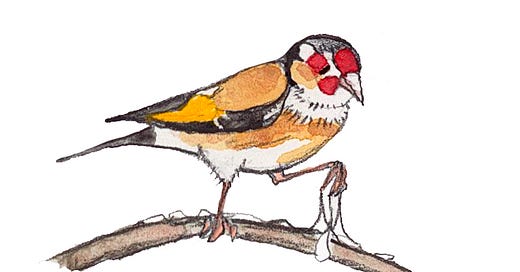



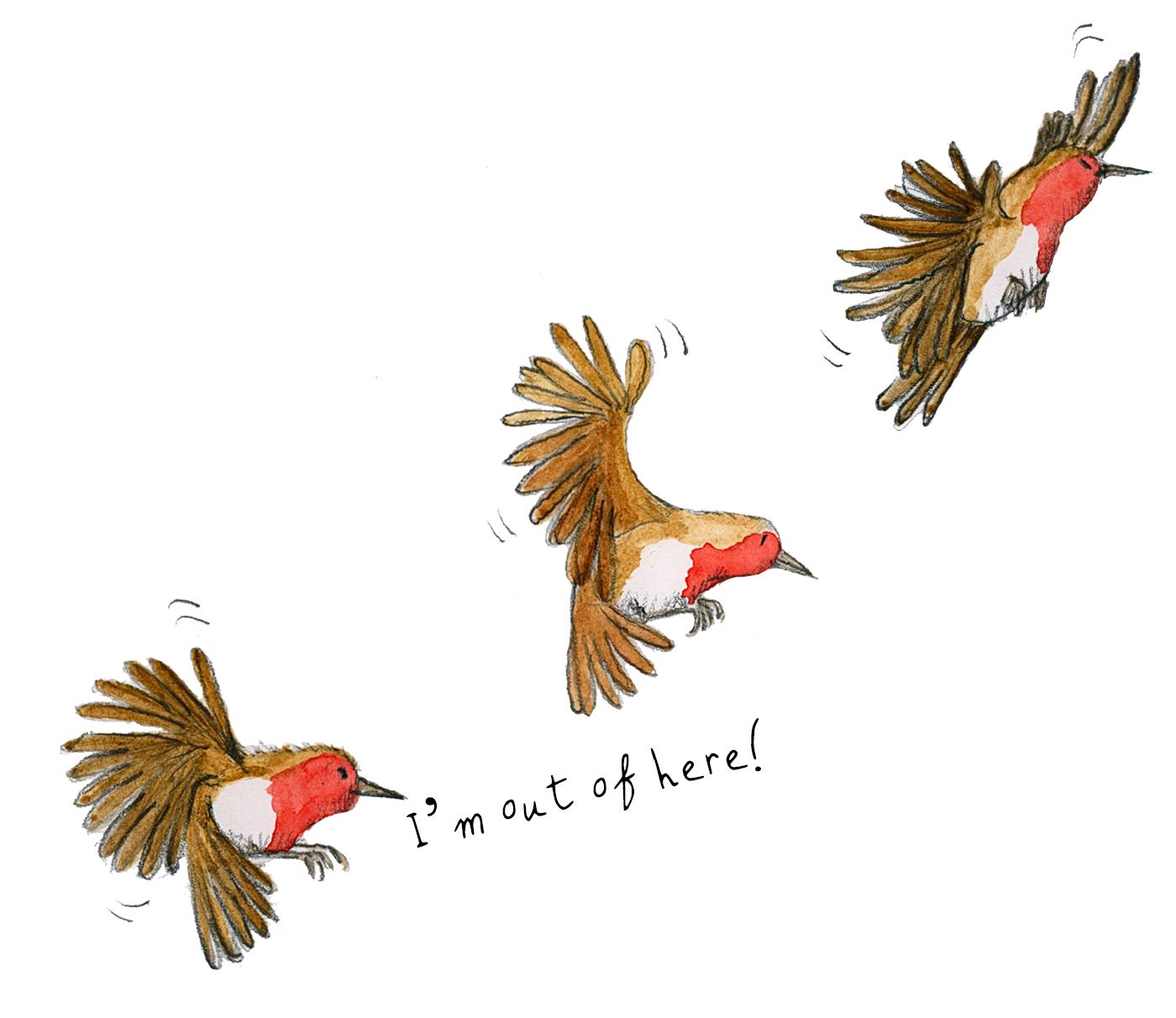

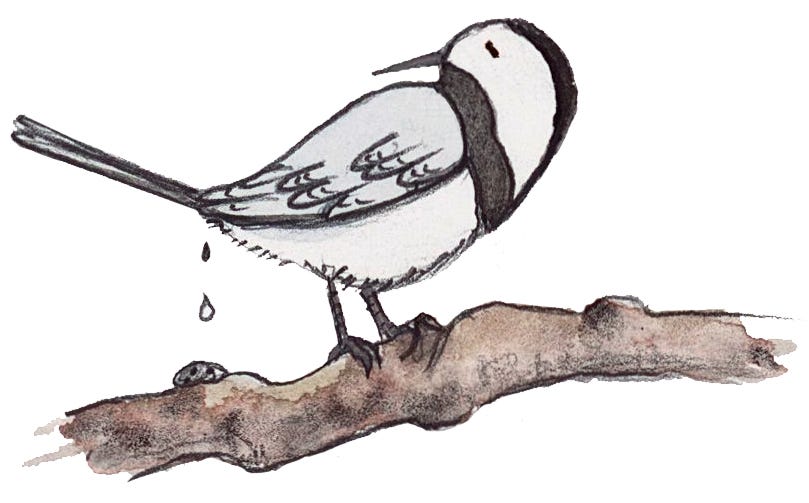
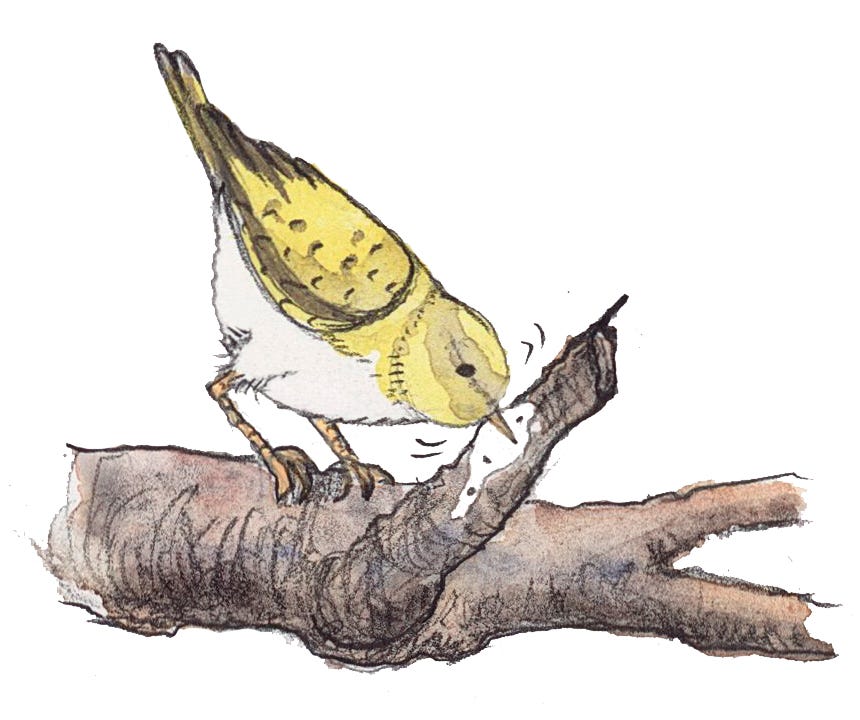
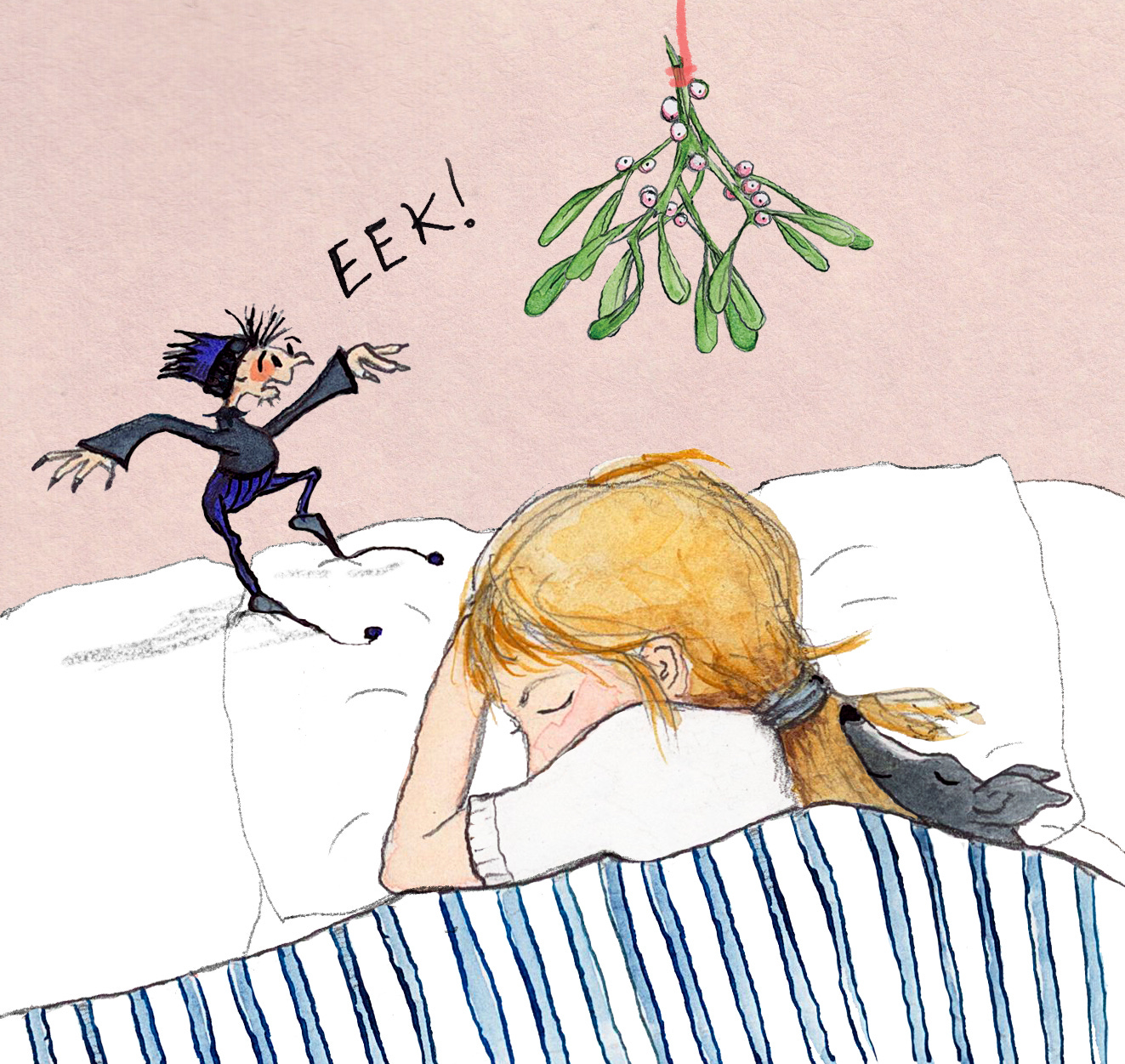
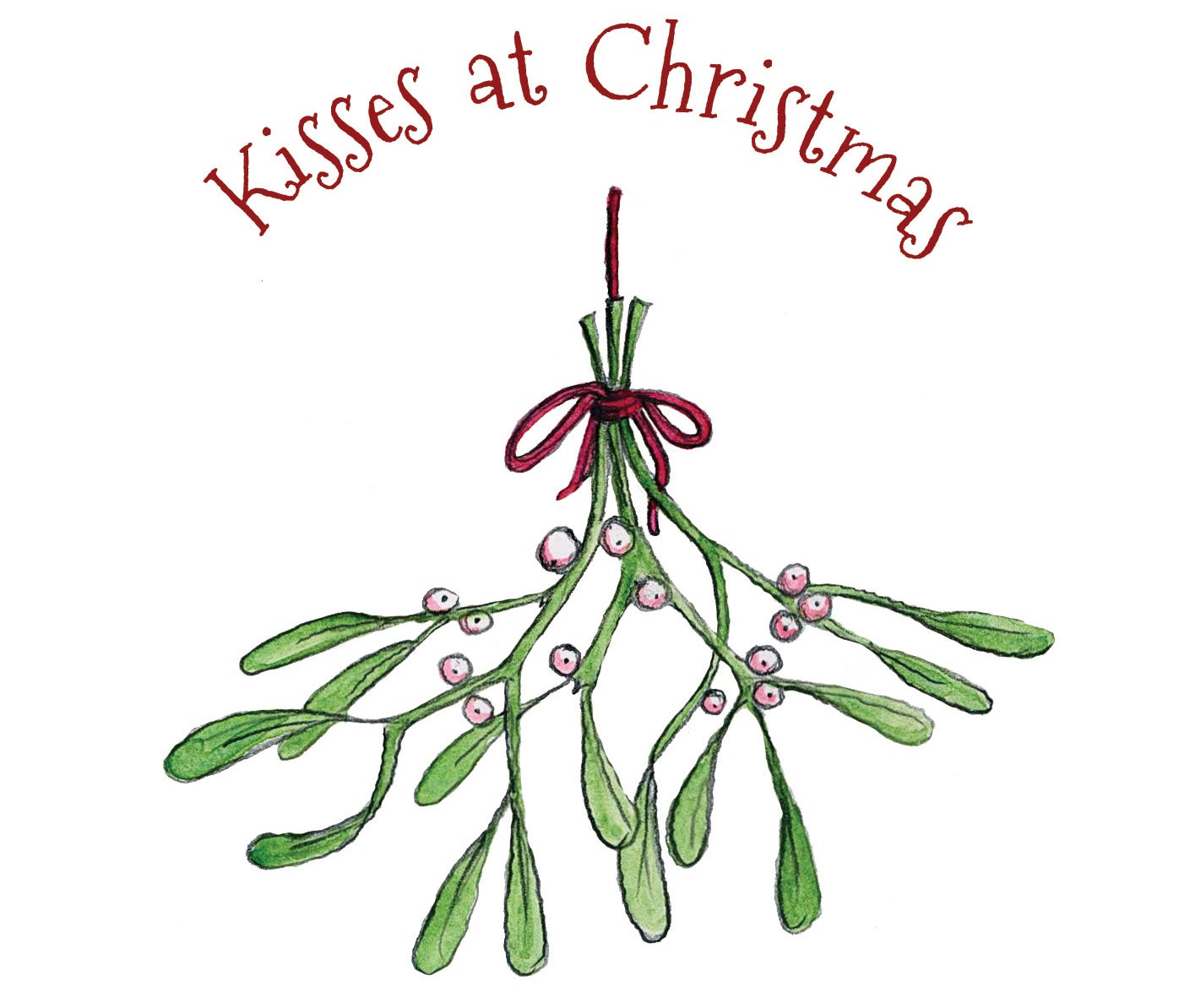
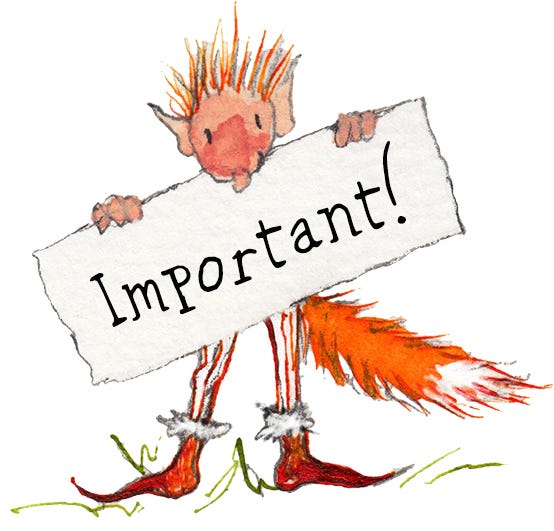
I just love this, I do hope you are going to publish a book with these!
Beautiful illustrations and a perfect theme for the end of the year! 🌟